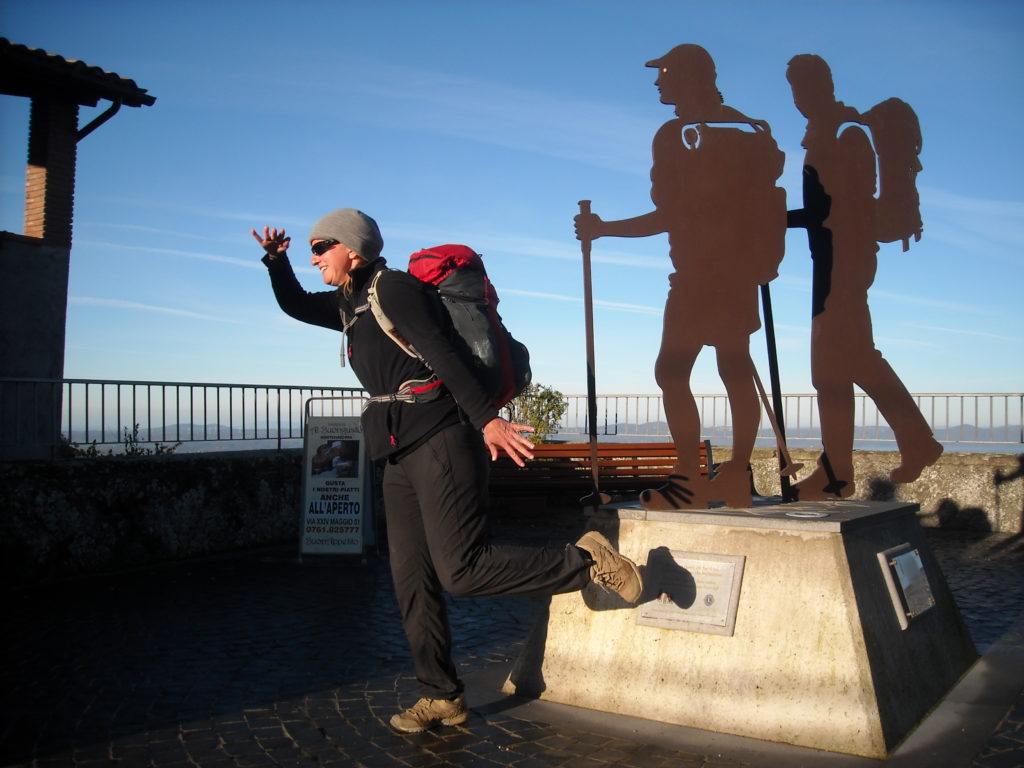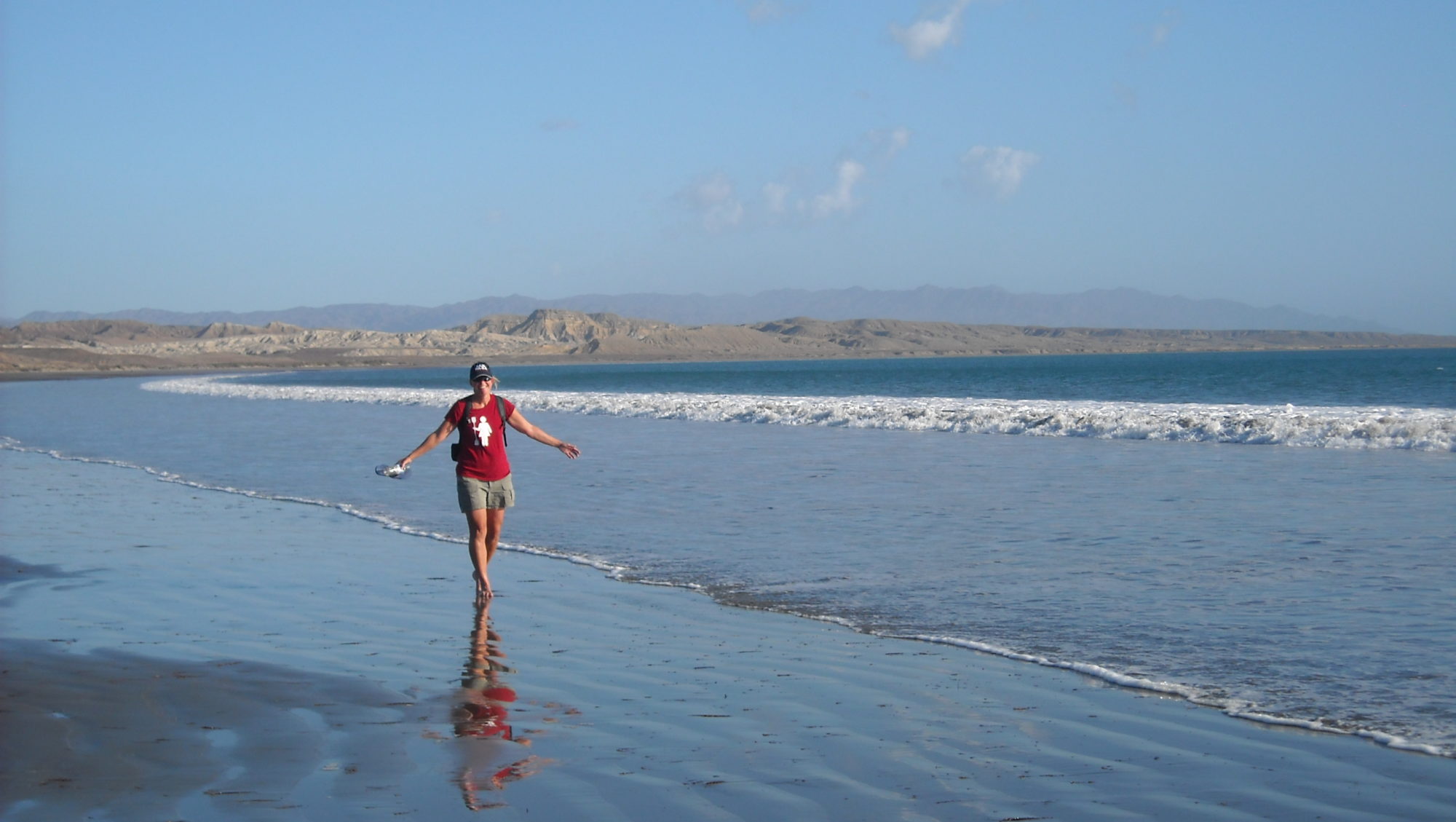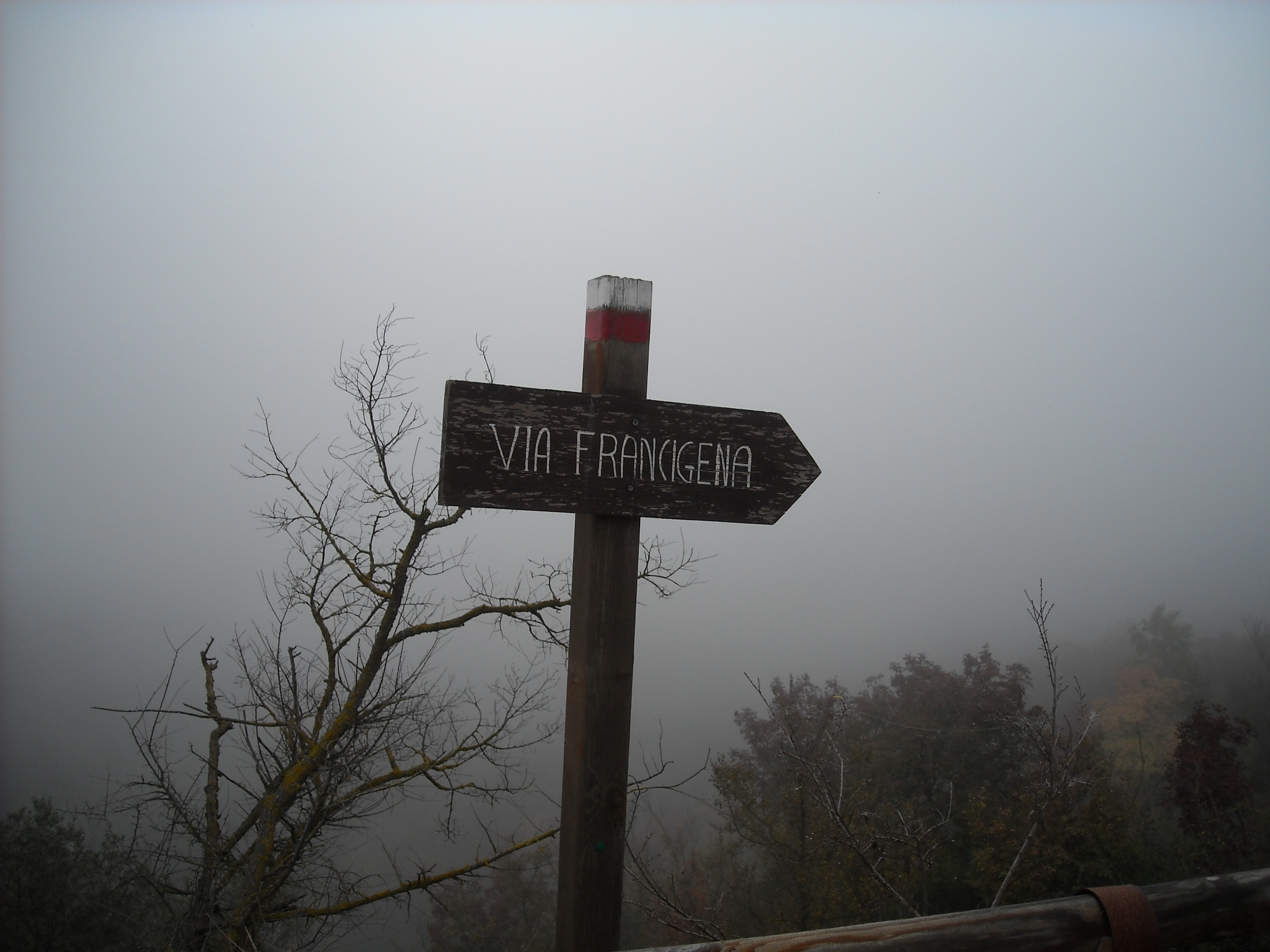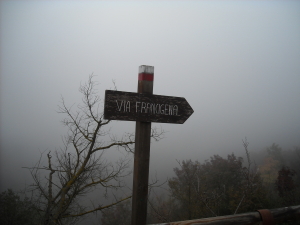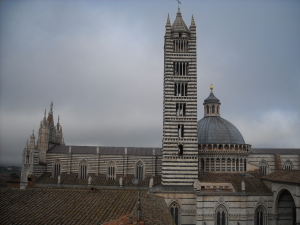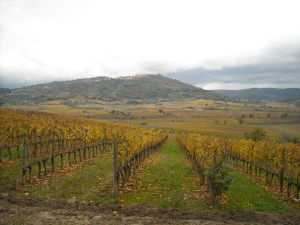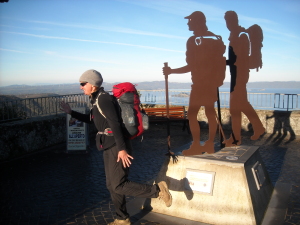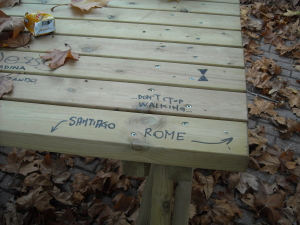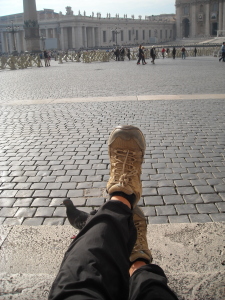Back in 2012, I bought an Osprey Hornet 46 backpack for my upcoming Camino walk. In the outdoor supply shop, the backpack sales guy put weight in the bag and let me walk around the store. I didn’t need an enormous bag since I wasn’t going to be tent camping. I needed something light but durable. I also liked that it was red.
That backpack was on my back for the Camino de Santiago in 2012 and the Via Francigena in 2014. Because it was a perfect sized carry-on, it went with me on several plane trips. In the last few years, it also went on several overnight sailing trips with me. The last time I used it was on a sailing race from Santa Barbara to Redondo Beach. In addition to holding my stuff, it also was a nice pillow during the night.
Right after I got on the boat, I discovered that the backpack’s lining was starting to shred. It was some sort of rubber compound, and it got on all the stuff in the bag. It appeared to be a reinforcement layer. Still, the bag came through the trip totally fine.
Back on land, I discovered Osprey had a generous repair policy. They will repair any Osprey bag. I just had to ship it to Colorado. I filled out the online form and sent the bag to them. On the online form, I checked the sentimental value box. This red pack had been my faithful companion on my long walks and sailing adventures.
A week or so later, Osprey called me. They could not fix the lining of the bag. I had two options: they could send the bag back or they could replace the bag. However, they no longer made the Hornet 46, so I would be given an equivalent. Osprey sent me some options.
I trekked to the local outdoor supply shop to try out the potential new bag. I put it on, and a different backpack sales guy helped me adjust the straps. Once again, I walked around the store and went up and down stairs. It was different but also super comfortable. It was basic black. The fabric felt different. The straps were wider than the Hornet 46, but I liked it.
Still, I would be giving up the Hornet 46. Could I do it? Faithful companion. It didn’t just hold my stuff. It held my hopes and dreams. We had been through rain and mud together. Then, I remembered something I learned on the Camino. It was just a thing. Let it go. I am sentimental about it, but does that mean I have to keep it?
So farewell, Osprey Hornet 46. You served me well. Hello, Osprey Talon 44. Let’s do some adventuring.
